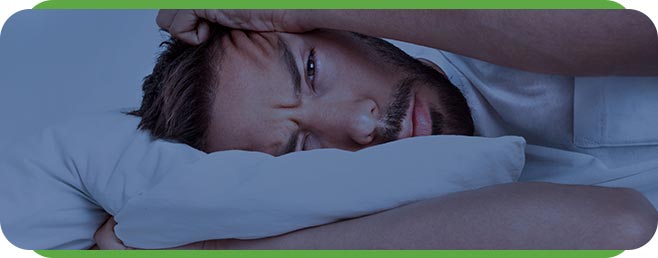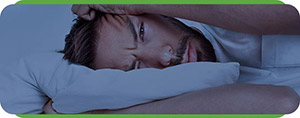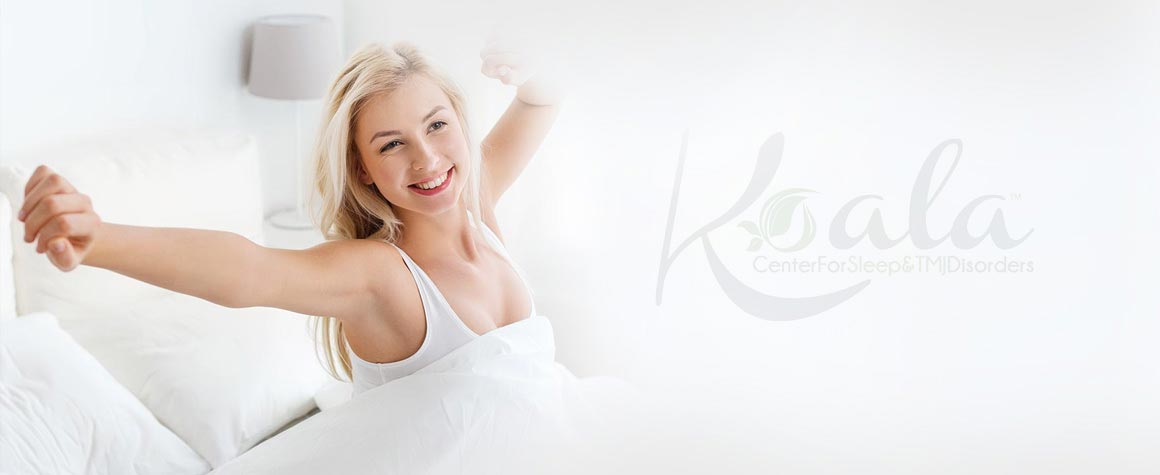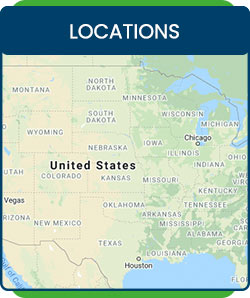What Are the Types of Sleep Parasomnias?
Are you suffering from sleep parasomnias? Information is available and you are not alone! Call our sleep team today at Koala® Center For Sleep & TMJ Disorders or visit us online to book an appointment. We have convenient locations across the U.S. in Bloomington IL, Peoria/Dunlap IL, El Paso TX, and Wausau WI.




Table of Contents:
What are the types of parasomnias?
What is the most common parasomnia?
What triggers parasomnias?
Who suffers from parasomnias?
Parasomnias are characterized by the occurrence of unusual events that disrupt your sleep. Types of parasomnias are grouped based on when in the sleep cycle they occur. The two primary types are Non-REM parasomnias, in which your sleep is disturbed in the first three stages of sleep, and REM parasomnias, where the occurrence happens in the last sleep stage, Rapid Eye Movement (REM). Non-REM parasomnias may be called arousal disorders, meaning there is partial awakening during these events.
NREM disorders present as changes in physical and verbal behavior, for instance, sleepwalking, also known as somnambulism. Further, if a sleepwalker develops eating habits at night, this is termed sleep-related eating disorder (SRED). Patients may eat foods they wouldn’t normally eat, which could become dangerous. Sleep terrors are also a kind of NREM parasomnia; patients with sleep terrors, often children, appear to wake up in a panicked state, and though they may open their eyes, they are not awake or aware of their surroundings. Finally, confusion arousals fall into this category, where a patient may partially awaken but will be disoriented or confused. In the REM sleep stage, we see nightmare disorders and recurrent isolated (not occurring with other conditions) sleep paralysis. In sleep paralysis, there is an incomplete transition out of the REM stage to consciousness. When in REM sleep, your body and its muscles will relax, and a sudden awakening precedes the return of delayed muscular activity, rendering patients motionless.
Opposingly, REM sleep behavior disorder (RSBD) occurs when patients act out their dreams and could look like verbal communication or flailing of the limbs. There are numerous other uncategorized disorders outside of these two groups of parasomnias. Exploding ear syndrome, for example, may sound or feel like a loud explosive banging in the head when falling asleep or waking up.
Sleep-related hallucinations, as well, occur upon waking or falling into sleep. Sleep enuresis, or bedwetting, is a disorder that may occur in older children and adults but is only diagnosed when it is seen in a child older than five, and the occurrence surpasses 2-3 times a week for over three months.
Nightmares are the most common parasomnia, as most children experience them regularly. However, in adults, this parasomnia has a prevalence rate of 2-10%. Sleepwalking is also very common in children, peaking around ten to thirteen years. Studies show around thirty percent of children between two and thirteen experience sleepwalking episodes.
Approximately 4% of adults frequently sleepwalk as well. An estimated quarter to a third of the general population experiences sleep hallucinations. Many studies have explored prevalence rates of night terrors in various population groups, though results vary greatly. For this reason, night terrors may be seen in 2-30% of children, ranging in frequency.
Generally, night terrors will occur less frequently as they age, and most children will grow out of night terrors by fourteen. Between the ages of three and thirteen, episodes of confusion arousal may be seen in over 15% of children and are expected to dissipate with age. Generally, NREM parasomnias are more prevalent in children and get better with age. REM sleep disorders, however, are more in men over fifty years old. Patients with psychiatric or neurological conditions are much more likely to experience parasomnias.
Many things can cause parasomnias throughout life. For Non-REM disorders, prevalence appears higher in those with a family history. Medical conditions that disrupt regular sleep can also lead to parasomnias, like restless leg syndrome (RLS) or obstructive sleep apnea (OSA).
Circadian rhythm disorders, which affect the body’s innate biological clock regulating sleep-wake cycles, can also become comorbid with parasomnias. Movement disorders, like Parkinson’s, may also cause frequent sleep disruptions, leading to parasomnias. It is also known that pregnancy can bring about parasomnias, as many mothers describe increasingly recurring and vivid nightmares.
A common side effect of medications used to treat depression, psychosis, and seizures are parasomnias, as do sedatives. Substance abuse of alcohol or drugs can cause parasomnias as well.
Anyone can suffer from parasomnias, though they are seen much more often in children than adults, as their brain and sleep cycle are not as developed. The prevalence of parasomnias between women and men is generally the same, though certain conditions may have higher numbers in one population. For example, nightmares are more common in adult women, though REM sleep behavior disorder and sexsomnia is more common in men.
If you believe you’re suffering from parasomnias, you can reach out to Koala® Center For Sleep & TMJ Disorders for more information online or by phone. Our goal is to provide optimal health care for our patients using an evidence-based approach. We look forward to hearing from you, so please, give us a call.

Additional Services You May Need
▸ KoalaKIDZzz®
▸ Sleep Apnea
▸ Snoring
▸ TMJ Disorder
▸ Fatigue
▸ Sleep Disorders
▸ Weight Loss
▸ CPAP Alternative
▸ Oral Appliances




